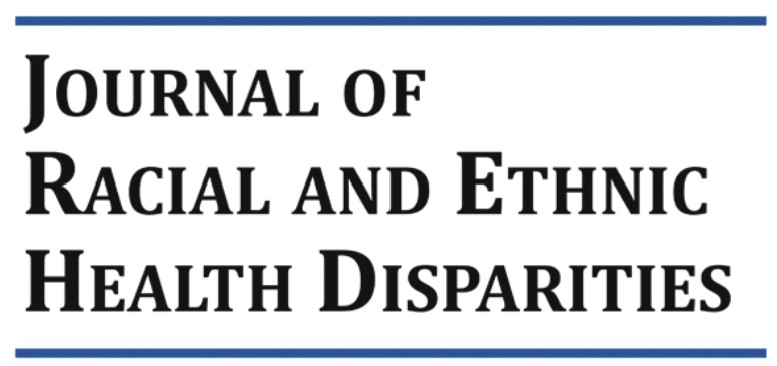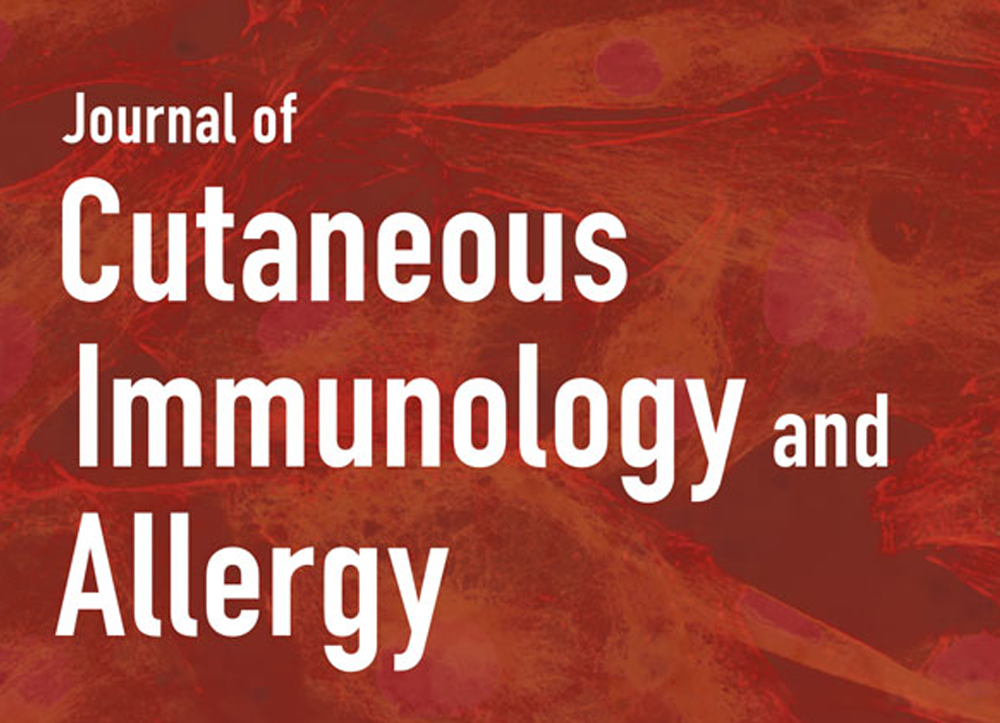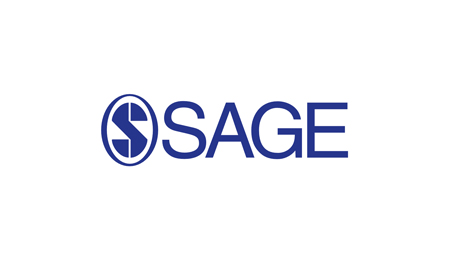Abstract
Alteration of wound healing increases the risk of a patient’s morbidity and mortality. This can lead to scarring, infection, malignant transformation and a reduction in quality of life. Management of wounds costs the UK an estimated £5.3 billion annually which is paid for by the state, with further financial burden due to health related productivity loss. Wound care is managed by a broad spectrum of different health professionals leading to different standards of care. For example, only 16% of lower leg wounds have either an ankle-brachial pressure index measurement or Doppler scan. Due to this variation in wound care, we have summarised all available NICE guidelines and guidance up to February 2021 on the topic of wound healing listed in the National Institute for Health and Care Excellence (NICE) archives. The goal is to provide an easy to access summary of wound care interventions. Our search provided us with 18 technology appraisals (including MolecuLight i:X) related to wound healing which have been summarised.
















